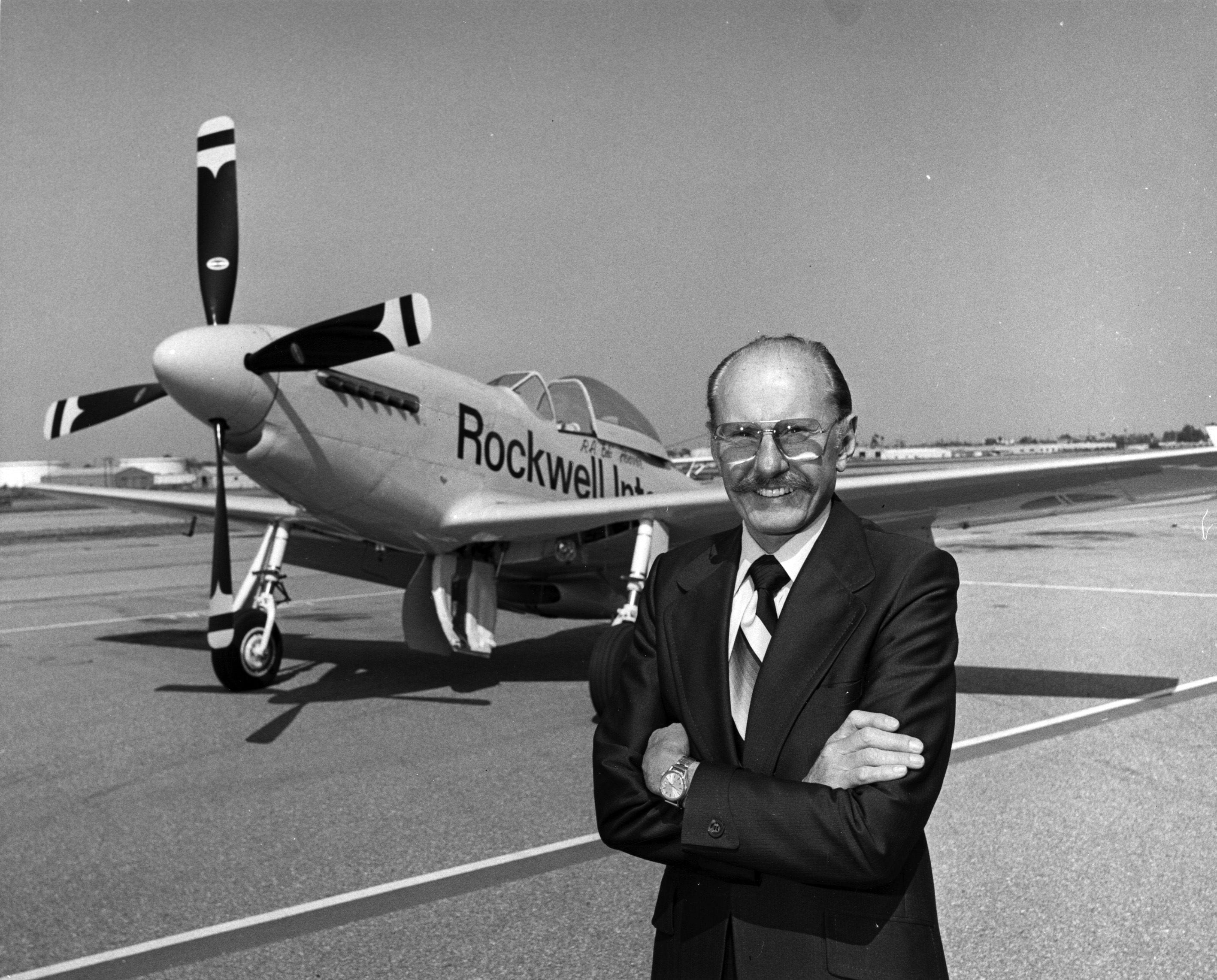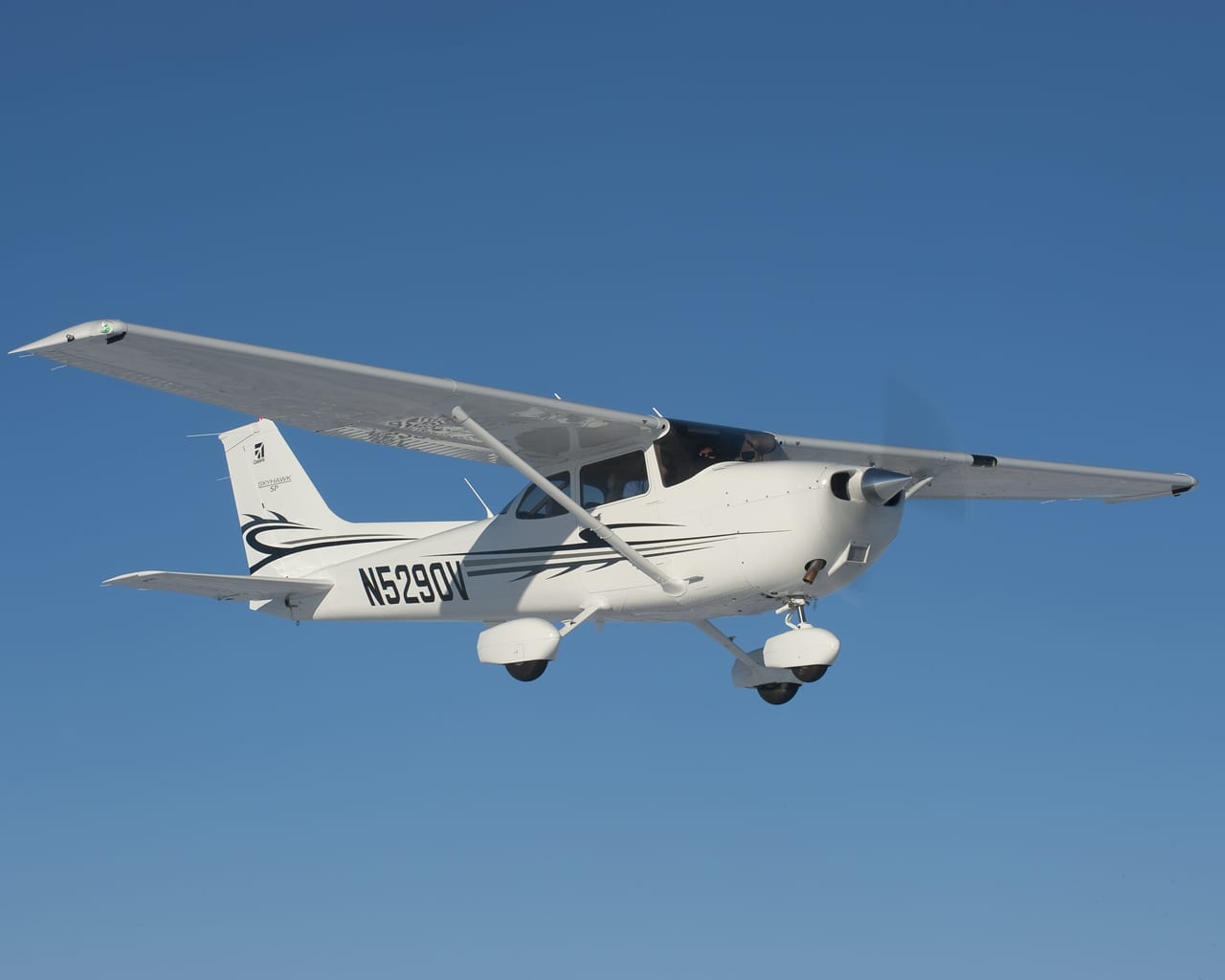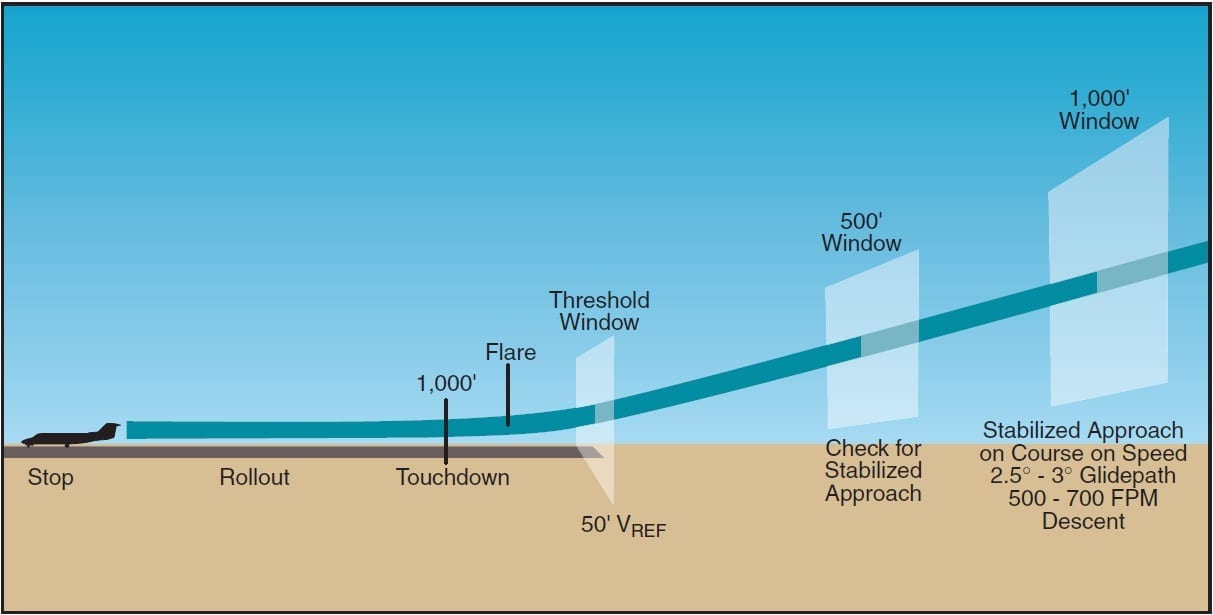
Was it really pilot error – or was it something else?
Dick's blogThe oft-quoted statistic is that about 85-percent of the accidents in private aviation are caused by pilot error. I always had the nagging suspicion that what that really means is that in 15-percent of the accidents they can find cause with something other than the pilot so that just naturally means that the rest get blamed on the pilot instead of on some failure or fault in the training and regulatory system.

The complex art of finding the IFR Sweet Spot
Dick's blogThere’s a big difference between finding the VFR and the IFR sweet spot on an arrival. Weather doesn’t play much of a role when it’s really VFR and it plays a humongous role when it is IFR. In fact, weather determines the location of the IFR sweet spot. Sweetest of all would be when the runway pops into view at minimums with the airplane speed and configuration in perfect order.

Arriving at the VFR sweet spot – without colliding or spinning in
Dick's blogTo me, the sweet spot on a VFR approach is when 500 feet above the ground and descending toward the runway. Here, if the sight picture of the runway is correct and the configuration, speed and rate of descent are right on, the fun part, the landing, should be a piece of cake. The question is, how do you get to that sweet spot with the least possible risk?

They didn’t follow the magenta line in 1942
Dick's blogIt wouldn’t be accurate to say that magenta lines are the only reason that airline flying is so much safer today than it was in the 1940s. Today’s airplanes are far superior in performance and reliability, and training and operational procedures are far better. However, in looking at the five DC-3 accidents during those war years, it is apparent that today’s high-tech stuff could have prevented most of them.

Crash history: Cessna 182 and Bonanza 36
Dick's blogIn doing safety studies over the years I, a dedicated single-engine advocate, have always been encouraged by the almost complete lack of engine-failure related fatal accidents in singles. That appears to be changing, by at least a bit, and I fear that the trend will continue as the airplanes age and the price of overhaul or replacement goes up as the value of the airframe goes down.

Bob Hoover: the one and only
Dick's blogMany words will be written about the legendary Bob Hoover who died on October 25, 2016, at age 94. His flying exploits have made news over the years and his accomplishments and talents have been well celebrated with countless awards and accolades. I spent time with Bob off and on over the years and a couple of things really stood out that set him apart.

Famous last words… or thoughts
Dick's blogIt wouldn’t take three guesses to come up with the one word most often heard on cockpit voice recorders before a crash. In private piston airplanes we don’t have recorders but that word likely wins hands down when a pilot realizes he has lost the battle. More important than that last word is the thought process that led to it. Some famous last thoughts have stood out over the years.

Seeing and flying: how good is good enough?
Dick's blogDespite the requirement for a medical, we have been self-certifying all along once leaving the AME’s office. Do I feel well enough to fly? You bet. Have at it. To me, vision was always the toughest question. How you feel is obvious, vision is not, and the slow deterioration in what you see as you age is as insidious as it is certain.

Double trouble: have twins suddenly turned deadly?
Dick's blogIn the course of a few days, two old piston twins, a Model B55 Baron and a Piper Navajo, crashed, killing six in each case. My main question about the recent accidents was whether or not they were related to the failure of one engine and the resulting asymmetric thrust.

What’s right with Cirrus pilots?
Dick's blogIn 2012 I posted an article about what might be wrong with Cirrus pilots. That attracted a lot of attention and is third on the list of most-read AIR FACTS posts. A lot has changed since 2012, the Cirrus safety record has improved dramatically, and what has happened seems directly related to the great debate about flying through computers v. basic flying.

What’s wrong with Cessna 172 pilots?
Dick's blogThe 172 is the most built airplane in history at 43,000 copies. It is probably still safe to say there are more 172s flying in the U. S. than anything else and though production rates today are relatively low, that will remain true for a long time to come. That makes it a true benchmark airplane in a lot of ways, including that good safety record.

Airframe failure: not just V-tails
Dick's blogA recent accident involving a vacuum failure in a V35B Bonanza and subsequent loss of control and airframe failure made me recall that this was a really substantial problem in the 1980s and early 90s. It also made me recall one of the better private flying war stories – from a pilot who survived an airframe failure.

A Memorial Day salute – please join in
Dick's blogI usually write about private aviation but this starts out with an accident involving a military airplane – a long time ago... On November 22, 1952 a USAF C-124 crashed into Colony Glacier on Mount Garrett, 40 miles east of Anchorage, Alaska, where the airplane was supposed to land. The weather was awful and a distress call was received by a Northwest Orient passenger flight.

Takeoff: the riskiest three minutes
Dick's blogThere has been a rash of takeoff accidents featured in the news. That cabin-class Cessna hitting the trees in Alabama was dramatic, as was the footage of the Beech Duchess in a yard in Florida. There have been a lot others and when I read of these I think about how unforgiving airplanes can be if you fly away without the old ducks all in a row.

Airplane certification: be careful what you wish for…
Dick's blogWhat most pilots don’t realize is that certifying that exciting new design is but a small part of the picture. There’s financing, engineering, production and sales and, in the end, profit. If the latter isn’t possible all the rest can be for naught. This is why I, for one, take the proposed rewrite of Part 23 certification standards not with a grain, but with a round blue cardboard container of salt.

What it takes to be one sharp pilot, part three: coordination
Dick's blogOperating a private airplane has come to require more and more coordination as time has passed. In the good old days, coordination was thought of mainly in relation to the use of the elevator, ailerons, rudder and power. Now it has become a matter of getting all your stuff together before a flight and keeping it together until the airplane is secured after the flight. Multitasking might be a better word for that.

The changing myths of aviation
Dick's blogIn this wide-ranging article, Dick Collins explores 9 myths about flying - some of which the FAA wants to bust, some of which the FAA perpetuates. Is GA safe? Not safe enough. Is learning to fly hard? No, but it's not easy either. Read the complete article for a thought-provoking look at our shared wisdom.

Forced landings: is getting your shoes muddy the biggest risk?
Dick's blogI was always of two minds about forced landings after a power failure. One, if I thought the engine was going to quit I wouldn’t go flying. Two, I knew that engines did quit so I had best not be surprised if one did, and had best have a plan for what comes next.

Airplanes vs. blizzards: a few war stories
Dick's blogAs the blizzard of 2016 was raging on January 23rd I looked at the video of stranded motorists, stuck cars, cars in ditches, and traffic snarls and wondered what in the world possessed those people to make them try to go somewhere. Then I scratched my head and remembered what possessed me when I used to challenge snowstorms in little airplanes. I was big on running the traps as scheduled and a blizzard was no excuse for not being there.

Killer autopilots? It is all in the eye of the beholder
Dick's blogIt is my opinion that the debate over basic airmanship v. high-tech has become confused. Advances in information technology have done wonders for all forms of aviation and should be embraced by all. I think the jury is still out on some forms of automation though autopilots have gotten a lot better. They can still be deadly in the hands of a pilot who doesn’t fully understand the system.
